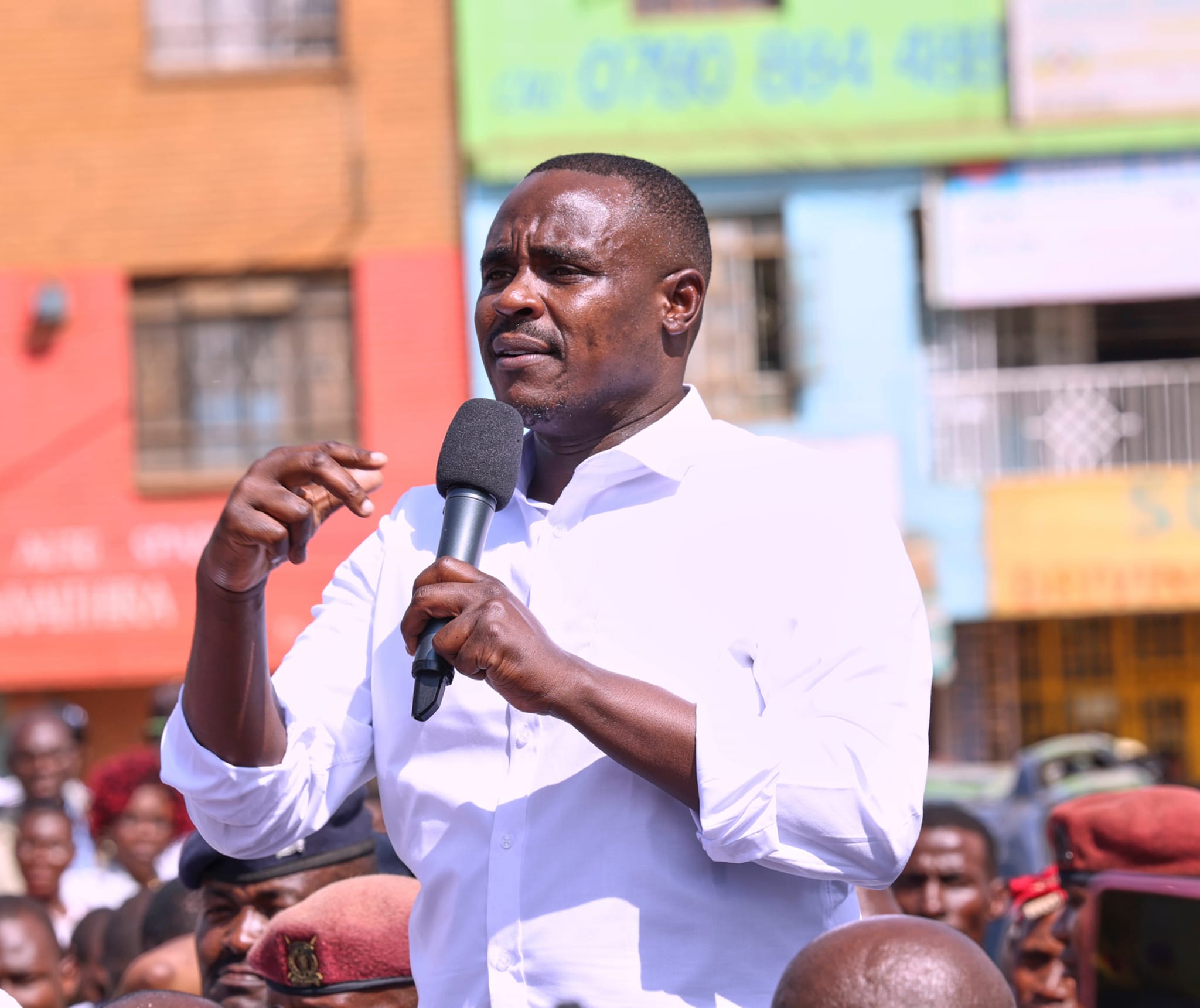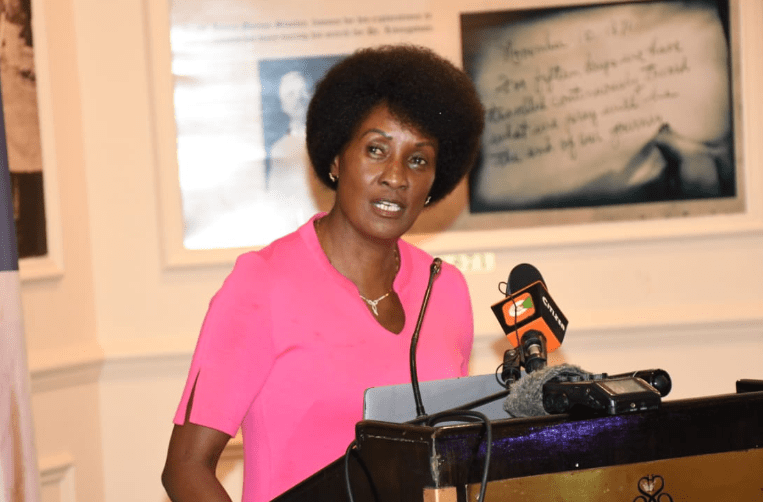Kenyans can see what’s to blame for police killings

Completely untouched by the bewildered look on his face, two police officers are captured striking Boniface Kariuki in turns on June 25 in a video that has since been used extensively by both social and legacy media. The 22-year old then stumbles as he struggles to steady himself from endless blows by the two seemingly nasty, uniformed and armed officers, as he clenches a bunch of face masks he’s said to have been vending, even as he maintains a frightful stare at the officers, fear that the worst that could happen would possibly befall him.
And true to his apprehensions, the worst he had feared happened – the more vicious officer aimed his gun at close range, the muzzle almost touching Kariuki’s head, before wilfully pulling the trigger on the hapless vendor. Kariuki was not armed, and the only thing he held onto were masks he seems to have been selling to passersby to protect themselves from the blurring and tearing sensation of teargas that the Kenya police liberally use these days whenever a group takes to the streets to express their displeasure at one government policy or the other that they may have an issue with.
Mission accomplished, the two officers are seen pacing across the road, their gaits and mannerism betraying a misplaced sense of bravado. The National Police Service (NPS) Act and related regulations mandate specific actions for police officers after using force. A key requirement is the mandatory reporting of all instances of force, particularly those resulting in death or serious injury, to the Independent Policing Oversight Authority. This ensures accountability and allows for investigation of potential abuse of power. But from the sense of achievement apparent on their faces, it was obvious the duo was not intent on reporting the injury resulting from its policing misadventure.
The demos were organised exactly a year since the June 2024 mass protests against that year’s Finance Bill that Kenyans felt would have made their lives unbearable. More than 60 citizens were killed during the previous protests but accountability has not been forthcoming.
It did not help matters that in the build-up to the anniversary, another youth, teacher-blogger Albert Ojwang, was killed at Nairobi’s Central Police Station after being arrested and transported miles away from his Kakoth Village, Homa Bay County reportedly on allegations of publishing a story linking Police Deputy Inspector General Eliud Lagat to a multibillion-shilling acquisition of luxury residential units in Dubai.
Despite the name, rubber bullets have either a metal core with a rubber coating, or are a homogeneous admixture with rubber just making a minority component. Although considered less lethal alternatives to metal projectiles, rubber bullets have been known to cause fatal injuries, especially if discharged at close range as the officer did on Kariuki.
Kariuki succumbed to the gunshot injuries, days after being declared brain dead. Medics put him on life-support machines to temporarily keep him alive after surgery.
Kariuki’s death adds to the growing statistics of victims of extrajudicial killings that are becoming a hallmark of William Ruto’s first term as President.
To be fair, concern over enforced disappearances and extrajudicial killings also characterised the reigns of some previous Presidents. Lack of accountability for past killings is to blame for current spate of police killings.
The writer is the Executive Director of the Kenya National Civil Society Centre, and Chairperson of the Horn of Africa Civil Society Forum; suba_churchill@yahoo.com














